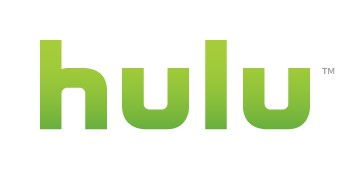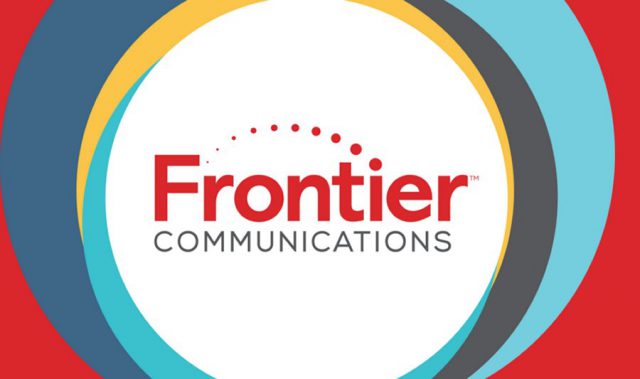 Hulu, unlike its bigger rival Netflix, still depends on commercials for a substantial part of its income, and on Wednesday put on a presentation for advertisers hoping to maintain their interest in sponsoring the platform as it undergoes ownership and design changes.
Hulu, unlike its bigger rival Netflix, still depends on commercials for a substantial part of its income, and on Wednesday put on a presentation for advertisers hoping to maintain their interest in sponsoring the platform as it undergoes ownership and design changes.
Hulu announced it now has 26.8 million paid subscribers, and an additional 1.3 million free promotional accounts (many through a partnership with Spotify), totalling over 28 million customers overall. That is an increase of roughly three million since January.
Hulu is still a fraction of the size of its rival Netflix, which has 60.2 million U.S. subscribers and 148.8 million overall worldwide.
The past 12 months have been disruptive for Hulu because of ownership changes. Disney inherited an additional 30% ownership stake from its acquisition of Fox and bought out minority partner AT&T, which itself had acquired a 10% interest in Hulu when it merged with Time Warner (Entertainment). As of this month, Disney controls 67% of Hulu, with Comcast-NBC owning the remaining 33%. Comcast-NBC is said to be looking to sell its minority stake in Hulu, presumably to Disney, giving the owner of ABC and ESPN full ownership.
At the same time, Disney is working towards launching its own streaming platform, Disney+, this November, leading some to wonder what will become of Hulu. The answer came today — both platforms will continue, with an undisclosed price break for those agreeing to subscribe to both Disney+ and Hulu.
Originally a partnership between three of the four major American TV networks, Hulu was the original home for online streaming of current network TV shows. But as those networks drift apart to run their own ventures, Hulu appears to be investing in more original programming to hold viewer interest, but remaining open to advertising — a smaller Netflix with ads.
With so many new streaming services launching, Hulu is positioning itself to reduce customer alienation and try to increase subscriber engagement.
Subscribers will be gently introduced to a new user interface by this summer, with the option of switching back and forth during the test phase, to improve usability.
Peter Naylow, Hulu’s senior vice president and head of ad sales, also announced advertising limits and changes, including:
- No ad breaks over 90 seconds
- Viewers will not see the same ad more than twice per hour
- The same ad will not be seen by viewers more than four times per day
- Advertisers can sponsor ad-free viewing of individual episodes
- Binge viewers may see personalized special offers from sponsors
- Easter Eggs will be scattered on the platform, offering viewers obviously fake shows that, if selected, activate special offers from Hulu and “brand partners.”
- Static ads will appear when viewers pause playback.
For $11.99/month, subscribers can continue to avoid all advertising on the Hulu platform entirely.
New original shows
To maintain viewer interest, Hulu’s partnership with Marvel will give subscribers two new live-action shows: “Marvel’s Ghost Rider” and “Marvel’s Helstrom,” scheduled to debut in 2020. Other Marvel productions will be found on Disney+ (which will cost $6.99 a month or $69.99 a year).
Other productions:
- A new slate of cooking shows
- Made-for-Hulu movies based on Liane Moriarty’s “Nine Perfect Strangers” and “The Dropout” — the story of Elizabeth Holmes, the founder of Theranos, starring Kate McKinnon.


 Subscribe
Subscribe Frontier Communications
Frontier Communications  Although continued traffic growth would seem to indicate companies like AT&T and Verizon will need to continue major spending initiatives to keep up with demand, technological advancements and upgrade programs have made networks more efficient than ever, allowing AT&T and Verizon to report cost declines as much as 40% annually.
Although continued traffic growth would seem to indicate companies like AT&T and Verizon will need to continue major spending initiatives to keep up with demand, technological advancements and upgrade programs have made networks more efficient than ever, allowing AT&T and Verizon to report cost declines as much as 40% annually. Charter Spectrum’s broadband-only customers run up more than double the amount of broadband usage average customers subscribing to both cable TV and broadband use, and that consumption is growing fast.
Charter Spectrum’s broadband-only customers run up more than double the amount of broadband usage average customers subscribing to both cable TV and broadband use, and that consumption is growing fast.
 Virginia officials cannot get broadband providers to reveal full details about their actual service areas, so the state now believes cable and phone companies will be more forthcoming if they can quietly share that information with each other, keeping the state government in the dark.
Virginia officials cannot get broadband providers to reveal full details about their actual service areas, so the state now believes cable and phone companies will be more forthcoming if they can quietly share that information with each other, keeping the state government in the dark.
